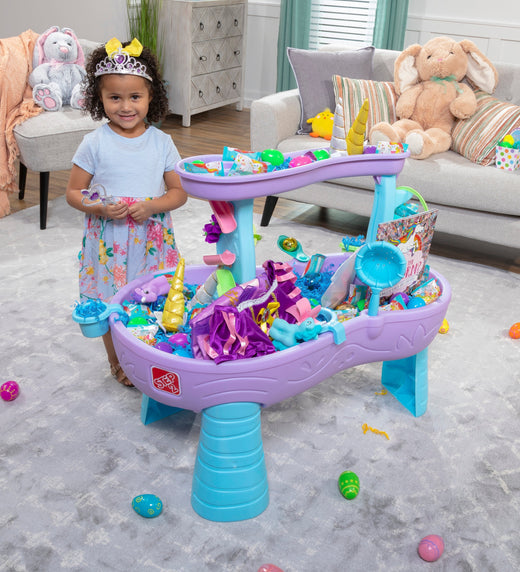Puppets have been entertaining adults and children alike for centuries. While we’re probably most familiar with popular culture figures like Howdy Doody and Kermit the Frog, puppets have been telling stories to all ages for years. Puppet theater of 1500s and 1600s Europe are probably the most historically famous, including the well-known Marionette puppet theater. While the history of puppets reaches back centuries, the use of puppets for entertainment is still very current.
A puppet is a representation of an animal, person or other entity that is manipulated either by hand, string or by stick. There are over thirty types of puppets, the most famous including:
- Sock
- Cloth
- Wooden
- Finger
- String (Marionettes)
Ancient History to Modern Popular Culture
Puppet theater traces its history back to the very early origins of civilized man. While puppetry has been used for everything from rituals and ceremonies to creative expression, puppets are often thought of currently as providers of children’s entertainment.
Puppets base their origination in ancient India, where they told beloved stories to the people. They found their way to Asia with the Bunraku puppets of Japan. From there, they made their way to Europe, developing into the well-known puppets on a string – the marionettes. The history of puppetry continued right up to today, where it is still both an esteemed art form and form of children’s entertainment.
And while we love to look back at favorites like the puppets featured in Mr. Roger’s Neighborhood, or on Jim Henson’s Muppet Show, children are keeping the art of puppetry alive and well in their own homes.
Requiring little more than puppets, a puppet theater and a little imagination, children are keeping the spirit of puppetry alive. Don’t have any puppets on hand? Make some! Allow your child’s creativity and imagination to soar by creating puppets out of paper, fabric and other supplies. The only limitation is their own creativity.



